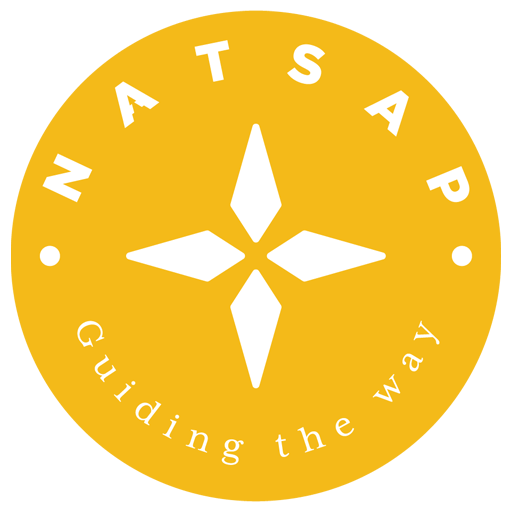NATSAP Program Definitions
Designed to serve youth and young adults who can benefit from community-based treatment including, but not limited to: outpatient therapy, recreational therapy, community service, academics, mentoring, coaching and support with addictions
Overseen by a licensed clinician, and when offering academic credits, must have appropriate accreditation
Day treatment models, as well as community-based mentoring and counseling models which include in-home and community interventions may be typical of this category
The focus of these programs is behavioral support. Most are accredited by a national accrediting body.
Medication management and medical monitoring is generally available on-site. These facilities treat adolescents with serious psychological and behavior issues.
These facilities provide group and individual therapy sessions. They are highly structured and offer recreational activities and academics.
Specialize in the treatment of serious mental illness, such as clinical depression, schizophrenia, and bipolar disorder. They vary widely in their size and grading.
Some may specialize only in short-term or outpatient therapy for low-risk patients. Others may specialize in the temporary or permanent care of residents who, as a result of a psychological disorder, require routine assistance, treatment, or a specialized and controlled environment.
Generally provide an integrated educational milieu with an appropriate level of structure and supervision for physical, emotional, behavioral, familial, social, intellectual and academic development.
Grant high school diplomas or award credits that lead to admission to a diploma granting secondary school.
Each will vary in their approach to the emotional and behavioral needs of the child, and we urge parents to review this approach with the professional that has been working with their child to ensure appropriate placement.
Placement can range from 12 months to 2 years depending on the program’s therapeutic components.
Unlike Therapeutic Boarding Schools, these schools do not have a residential component and provide services during the day. However, these schools generally provide an integrated educational milieu with an appropriate level of structure and supervision for physical, emotional, behavioral, familial, social, intellectual and academic development.
Grant high school diplomas or award credits that lead to admission to a diploma granting secondary school.
Each will vary in their approach to the emotional and behavioral needs of the child and we urge parents to review this approach with the professional that has been working with their child to ensure appropriate placement.
Placement can range from 12 months to 2 years depending on the program’s therapeutic components.
Designed to serve young adults 18+ who could benefit from a safe, supportive environment and life skills training as they transition into adulthood.
Many offer access to community-based self-help groups such as 12 step programs and may have a psychiatric component.
Generally offer educational programs that are linked to community colleges or universities or provide schooling at their location. Usually include volunteering, employment arrangements, community service and re-integration into the community at large.
Many operate on a small residential model and transition to a community-based, independent living apartment model.
Young Adult Programs are designed to work exclusively with young adults and may not be able to be fully licensed or accredited as an entity but have therapeutic services that are overseen by a licensed clinical professional.
Subscribe to a diverse treatment model that incorporates a blend of therapeutic modalities, but do so in the context of wilderness environments and back-country travel.
The approach has evolved to include client assessment, development of an individual treatment plan, the use of established psychotherapeutic practice, and the development of aftercare plans.
Outdoor behavioral health programs apply wilderness therapy in the field, which contains the following key elements that distinguish it from other approaches found to be effective in working with adolescents and young adults:
- The promotion of self-efficacy and personal autonomy through task accomplishment
- A restructuring of the therapist-client relationship through group and communal living facilitated by natural consequences
- the promotion of a therapeutic social group that is inherent in outdoor living arrangements.
